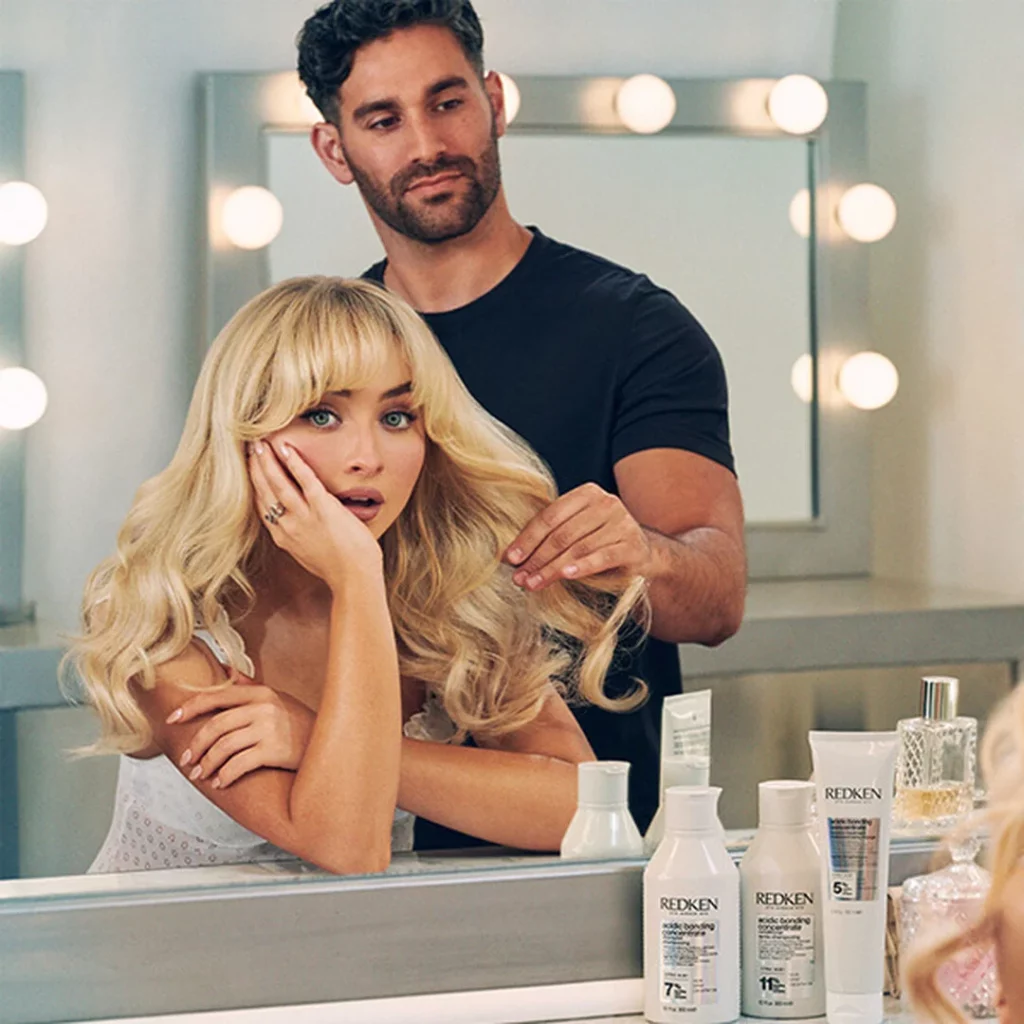‘Manufacturing Consent’ is a 1988 book by Noam Chomsky and David S Herman which proposed that US media does not serve in the interest of the public. It is not a good enough check point on the government and in fact is a type of propaganda that helps the societal elites secure general public ideology and sway their decision making (Aeon, 2022).
Although at first it might not seem obvious how this theory can be applied outside politics, manufacturing consent is heavily present in music industry.
Most artists are signed with major labels that control the space through their vast connections and money, leaving little room for small indie labels that don’t fit into mass music production, which minimises their chances to dominate the charts. Conglomerates like UMG and Sony Music are always working to maximise their profit. Artists that have the highest potential of providing economic growth for labels are the ones that will be promoted heavily.
The elites have set boundaries on what topics can be discussed in music, and to reach release, artists must conform to those thematic boundaries. Major labels show a preference for music discussing romance, striving for success, or enjoying young adulthood. Records deemed politically polarising will be declared ‘radical’ or ‘anti-western’, and result in less promotion from the label to lessen conversation around it.
Most of the time, it is safer for the label to invest in something not too adventurous, like pop or hip pop, as there is higher mass appeal, and the financial risks are lower. This means that artists that are deemed niche or experimental will often take a back seat to those in a highly appealing genre, or even household names. This creates a cycle where same type of songs will have the opportunity to dominate charts and be successful, where as smaller artists won’t receive similar levels of exposure, limiting the music that reaches listeners.
Mainstream songs are also more profitable as the rights can be sold to advertisers.
Artists holds some status in society as an opinion leader, with a fan base, who are opinion followers (Beiro, 2023). A brand can collaborate with an artist for promotional campaigns. This of course results in a monetary benefit for the artist, but in return it allows the company access to the creator’s fan base, who they can now advertise their products to. By having a known face at the front of the campaign, it helps build positive association with the brand for the audiences (Elliot and Inskeep, 2024).


Artists can be ‘shelved’ (resembling ‘flak’) due to all sorts of reasons; most of the time it is for not meeting record targets, however it can also happen for controversial behaviour or surrounding negative discourse. This is done to protect the integrity of the music label.
From this analysis it is clear the five media filters initially proposed by Chomsky (Ownership, Advertising, Flak, Public Enemy and Media Elite) apply outside of politics and media, even nearly fourty years later.
Bibliography
Beiro, L. (2023) Let me see you one, two-step (flow of communication theory), Medium. Available at: https://medium.com/@lexiebeiro/let-me-see-you-one-two-step-flow-of-communication-theory-17cb4c2b5357 (Accessed: 4 November 2024).
Elliot, E. and Inskeep, G. (2024) Manufacturing consent in the 21st Century, CounterPunch. Available at: https://www.counterpunch.org/2024/04/26/319990/ (Accessed: 04 November 2024).
Pizarro, M. (2022) Is mass media still ‘manufacturing consent’ in the internet age?, Aeon. Available at: https://aeon.co/videos/is-mass-media-still-manufacturing-consent-in-the-internet-age (Accessed: 04 November 2024).
Feature Image References
Billie Eilish admits she’s always broken up with her partners (2024) The Independant. Available at: https://www.independent.co.uk/life-style/billie-eilish-relationships-interview-b2562240.html (Accessed: 12 November 2024).
Gazur, K. (2024) Taylor Swift and Jack Antonoff, People. Available at: https://people.com/music/taylor-swift-and-jack-antonoff-friendship-timeline/ (Accessed: 12 November 2024).
Post Malone Image (2024) ACE Showbiz. Available at: https://www.aceshowbiz.com/news/view/00238493.html (Accessed: 12 November 2024).
Sabrina Carpenter on Tour Image (2024) BBC. Available at: https://www.bbc.co.uk/newsround/articles/c04py44xx44o (Accessed: 12 November 2024).
SZA on stage (2024) Instagram. Available at: https://www.instagram.com/nicky2shoes_music/p/DCG9xkyNgzK/?img_index=5 (Accessed: 08 November 2024).
The Weeknd – ‘After Hours’ (2020) NME. Available at: https://www.nme.com/reviews/album/the-weeknd-after-hours-review-his-most-all-encompassing-record-to-date-is-also-an-existential-quandary-2632591 (Accessed: 12 November 2024).


The post effectively illustrates how the theory of “Manufacturing Consent” applies to the music industry, where major labels control content and prioritise promoting “safe” artists. It aptly highlights how this limits the diversity of music that reaches listeners. Good job!
I loved how you connected the music industry to the notion of “manufacturing consent. It is a very insightful blog and showcases well how major labels control what gets promoted. Maybe you could have added information about indie artists or alternative platforms and how they might challenge that concept of “manufacturing consent”.
Hello dear, I was drawn in by Post Malone on the cover. I’m a huge fan of his. He was obviously a mainstream singer, always making music that most people would like, but it wasn’t what he was most passionate about. As he got older, he finally started doing his favorite country jazz music, even though it’s not a big audience, and I think that’s a good example of refusing to “manufacturing consent”. We should all discover what we really like, not just follow the mainstream.